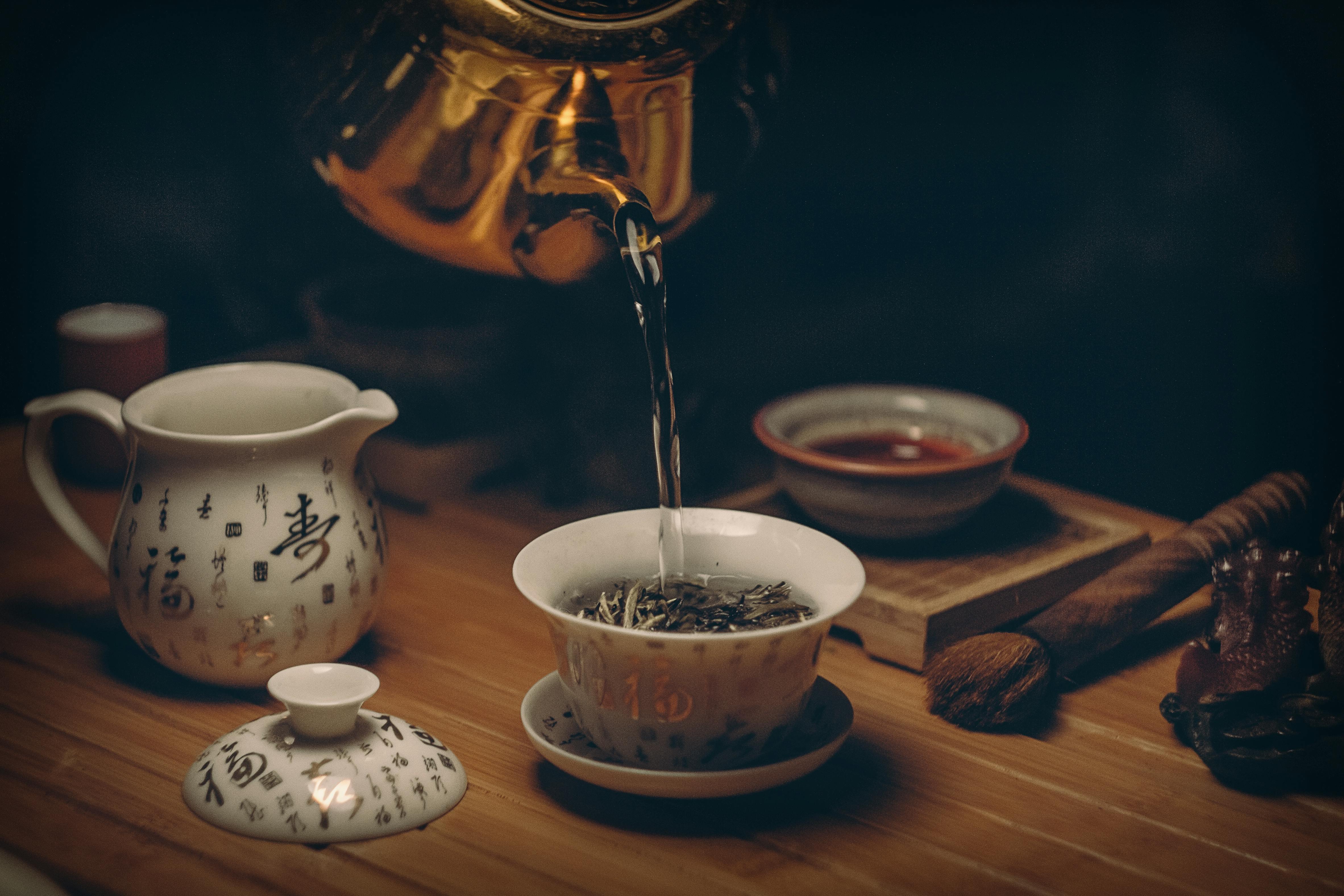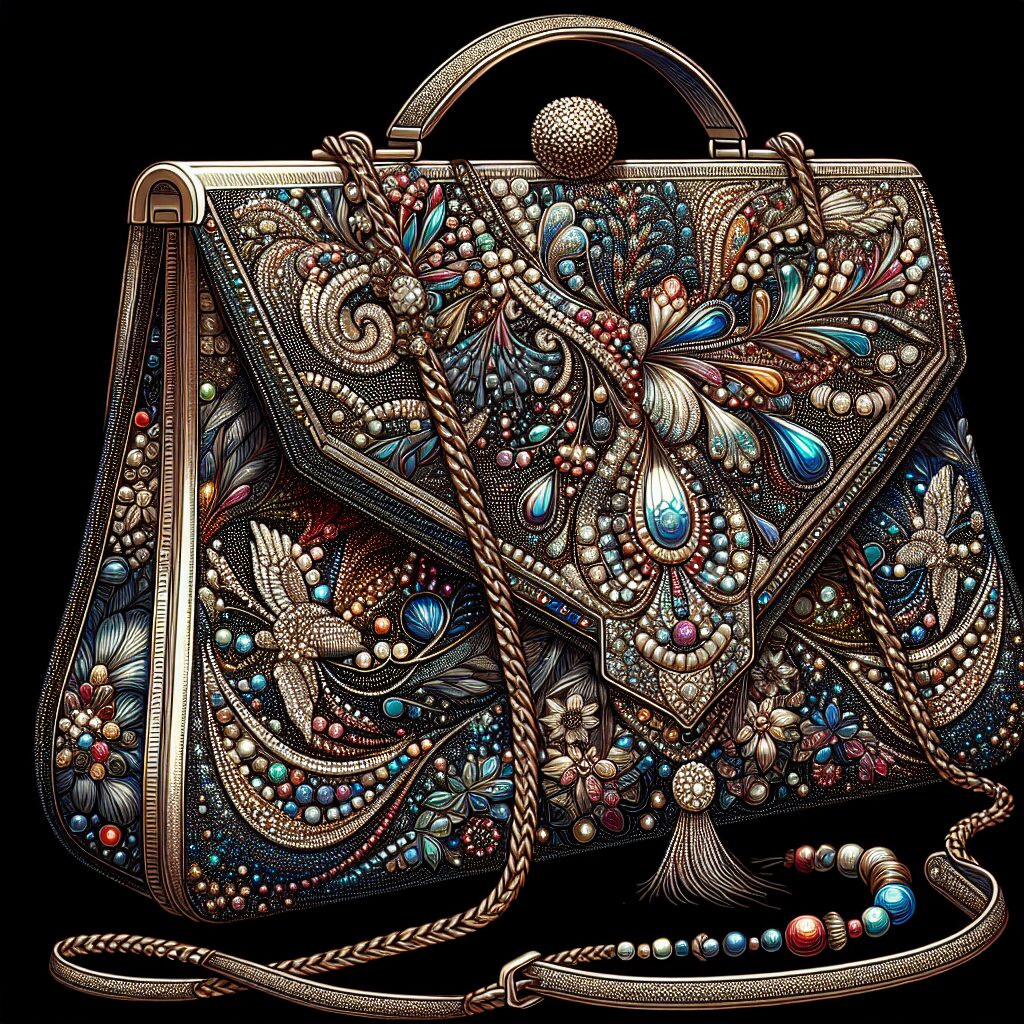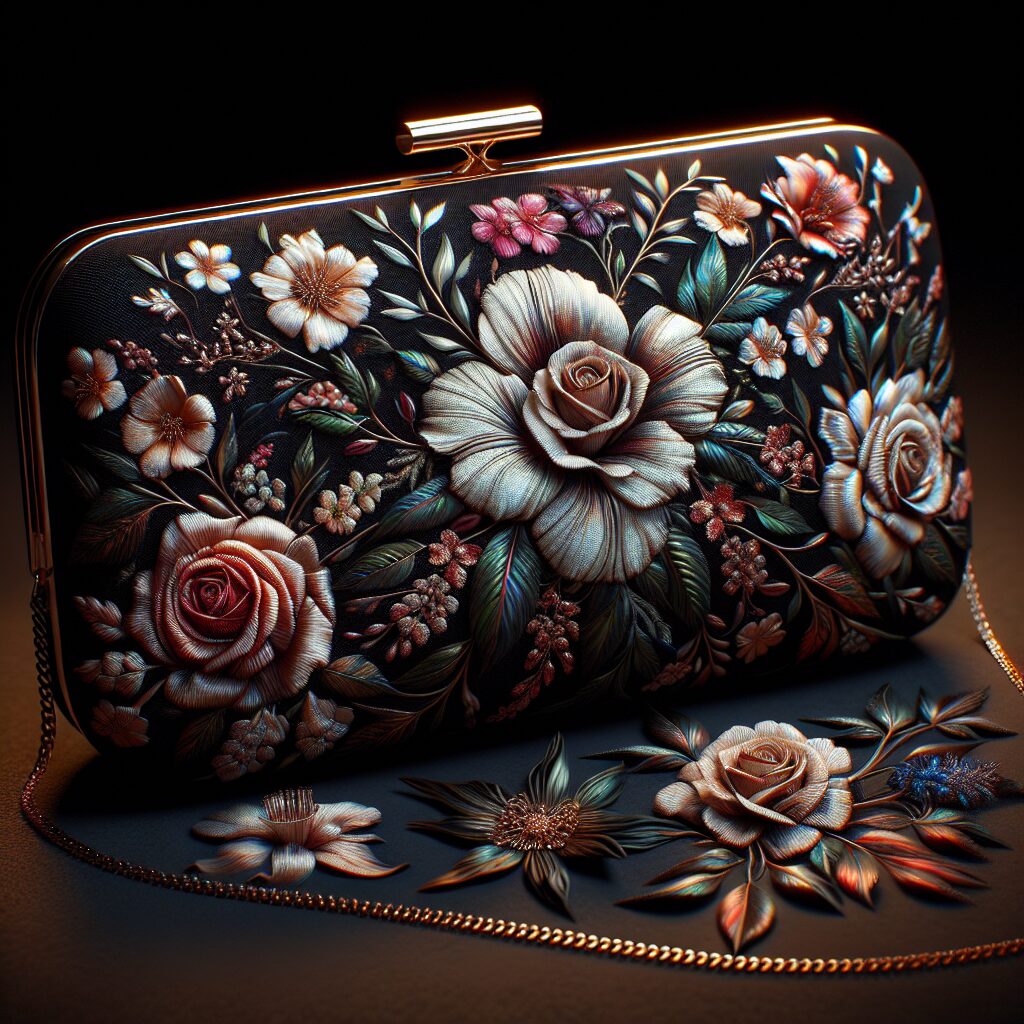
Making a cup of tea is a great way to relax and enjoy a delicious beverage. One of the most important steps in making a cup of tea is deciding whether to put the tea bag in boiling water or not. In this article, we will discuss the advantages and disadvantages of putting tea bags in boiling water, and provide tips on how to make the perfect cup of tea.The best way to prepare tea with tea bags is to boil water in a teapot or cup, add the desired amount of tea bags, steep for 3-5 minutes, and then remove the bags. For a stronger cup of tea, you can add additional tea bags or steep for a longer period of time. Enjoy!
What Temperature Should Water Be For Brewing Tea?
The temperature of the water used for brewing tea is an important factor in creating a successful cup of tea. The ideal water temperature for black teas can range from 90-98 °C (194-208 °F). Green teas should be brewed at a slightly lower temperature, around 70-82 °C (158-180 °F). For white teas and herbal infusions, the best temperature is between 70-85 °C (158-185 °F). It is important to note that boiling water can cause tea to become bitter, so it is best to use water that has been allowed to cool for several minutes after boiling. Additionally, the specific type of tea you are brewing may require a different temperature than what is generally recommended. Always consult the instructions on your tea packaging to determine the correct temperature for your particular tea.
When using a traditional teapot made from cast iron or clay, it is important to preheat the pot before adding the leaves and hot water. This will help ensure that the proper temperature of the water is maintained throughout the entire steeping process. To preheat your teapot, simply fill it with hot tap water or boiled and cooled water and let it sit for a few minutes before discarding this water and adding your tea leaves and fresh hot water. Following this simple step will ensure that you are able to make a delicious cup of tea every time!
Should You Put Tea Bags In Boiling Water?
Yes, you should put tea bags in boiling water for the best flavor and aroma. Tea bags are designed for convenience and ease of use. Boiling water helps to bring out the flavor of the tea without having to steep it for too long. The hot water also helps to release the essential oils in the tea bag that give it its distinctive taste and aroma. When using a teabag, adding boiling water will help to ensure that all of the flavors and aromas are released from the bag into your cup or mug.
When making tea with a teabag, start by bringing water to a boil over medium-high heat. Once boiling, pour it over your teabag and let it sit for about five minutes so that all of the flavors and aromas can be released from the bag into your cup or mug. Be sure not to over-steep your tea as this can result in a bitter taste. After steeping, remove your teabag from your cup or mug before enjoying your tea.
Using boiling water when making tea with a teabag is an easy way to get the most out of your tea with minimal effort. Boiling water releases all of the flavors and aromas that are packed into each teabag while also infusing them into your cup or mug for an enjoyable drinking experience. For best results, make sure to use boiling water when making tea with a teabag so you can enjoy all of its delightful flavors and aromas!
How Does Boiling Water Affect The Taste Of Tea?
Boiling water is essential for making a good cup of tea. While it’s important to have the right temperature for the type of tea you’re making, boiling water can also affect the taste of your tea. If you don’t use boiling hot water, your tea won’t be as flavorful as it could be. Boiling water brings out all the flavor and aroma in your tea leaves, which is why it should always be used when making a cup of tea. The hotter the water, the more flavor you will get out of your tea leaves.
When boiling water for tea, it’s important not to over-boil it. If you allow the water to boil too long, it will become too hot and will start to lose its flavor. This can make your tea taste bitter or overly strong. Boiling water for too long can also cause a loss in antioxidants and other beneficial compounds found in tea leaves. To ensure that your cup of tea has all its flavor and health benefits intact, only boil the water for a few minutes before adding it to your teapot or cup.
The temperature at which you should boil your water will depend on what type of tea you are brewing. For example, green and white teas should be brewed with slightly cooler temperatures than black teas or oolong teas. Paying attention to boiling temperatures can help ensure that each type of tea achieves its full flavor potential without becoming bitter or overly strong from being over-brewed.
In conclusion, boiling water is essential for making a good cup of tea and bringing out all the flavor and aroma from your leaves. However, it is important not to over-boil the water as this can lead to an overly strong or bitter taste that won’t give you an enjoyable cup of tea. By paying attention to recommended temperatures for different types of teas, you can make sure that each cup has its full flavor potential without becoming overly strong or bitter due to over-brewing.
The Benefits of Boiling Water for Tea
Boiling water is an important part of making a good cup of tea. Boiling water helps to extract the flavor and aroma from the tea leaves, as well as to release the beneficial antioxidants and other compounds found in tea. Boiling water also helps to kill any bacteria or contaminants that may be present in the tea leaves. By boiling the water, you can be sure that your tea is safe to drink and will taste great.
Another benefit of boiling water for tea is that it helps to bring out the subtle flavors in different types of teas. By bringing the water to a rolling boil prior to adding the tea leaves, you can ensure that all of the flavors are extracted from the leaves and into your cup. This helps to create a fuller-bodied and more intense flavor than if you had just used cold or lukewarm water.
In addition, boiling your water prior to making your tea helps to optimize its health benefits. Studies have shown that when boiled, some compounds found in tea are easier for our bodies to absorb and utilize. For example, some antioxidants found in green teas become more bioavailable when boiled water is used during preparation.
Finally, boiling water also ensures that it is at an optimal temperature for making a good cup of tea. If you use cold or lukewarm water instead of boiling it, then you won’t get as much flavor out of your leaves resulting in a weaker tasting cup of tea. By bringing the water up to a rolling boil before adding your leaves, you’ll ensure that you get all of the flavor and health benefits out of each cup.

Boiling and Steeping Tea
Boiling tea is the process of submerging tea leaves in boiling water, allowing the flavor to infuse into the water. The steeping process is similar, but instead of submerging the tea leaves in boiling water, they are steeped in cooler water that has been previously boiled. This method takes longer than boiling, and often yields a more complex flavor profile. The difference between boiling and steeping tea lies in the temperature of the water used for each method. Boiling requires higher temperatures to extract flavors from the tea leaves, while steeping requires cooler temperatures to slowly extract flavors over a longer period of time. Additionally, when boiling tea, it is best to remove the leaves from the hot water after a few minutes as they can become bitter if left too long. However, with steeping tea it is important to let the leaves steep for several minutes or even up to an hour depending on desired strength. Ultimately, whether you choose to boil or steep your tea depends on your personal preference and how much time you have available.
Both methods offer a unique way to enjoy your favorite teas – from robust black teas to delicate herbal varieties – so experiment with both techniques until you find your perfect cup!
How Long Should You Steep A Tea Bag In Boiling Water?
Steeping a tea bag in boiling water is a great way to make a delicious cup of tea. But how long should you steep it for? The answer depends on the type of tea you are using and how strong you want your brew to be. Generally, it’s best to steep most teas for 3-5 minutes. Some teas may need to steep for longer, such as oolong teas, which need to steep for 5-7 minutes. If you like your tea stronger, then try steeping it for an extra minute or two. On the other hand, if you prefer a milder flavor, then reduce the steeping time by 1-2 minutes.
Herbal teas are generally brewed at lower temperatures than other types of tea, so they don’t need to steep as long. Most herbal teas should be brewed between 1-3 minutes at a temperature between 80-90°C (176-194°F). If you steep herbal tea too long or at too high of a temperature, it can become bitter or overly strong. So for herbal teas, it’s best to brew them quickly and at the right temperature.
Ultimately, the best way to determine how long to steep your tea is through trial and error. Start with suggested brewing times and temperatures based on the type of tea you are using and adjust from there until you find your perfect cup!
What Happens If You Use Boiling Water To Make Tea?
Using boiling water to make tea can result in a bitter and overly strong cup of tea. Boiling water is generally too hot for most teas, and can burn the leaves, causing them to release tannins. These tannins can give the tea an unpleasant, bitter flavor. In addition, using boiling water for tea can also cause some of the delicate flavors and aromas of the tea to evaporate, leaving you with a cup that is overly strong and lacking in subtlety.
The best way to make a good cup of tea is to use freshly drawn water just off the boil. This water should be around 85-90 degrees Celsius (185-195 degrees Fahrenheit). This temperature will ensure that all of the flavors and aromas from the tea leaves are extracted, without burning or over-extracting them.
If you mistakenly use boiling water for your cup of tea, you may be able to save it by pouring it into a separate container and allowing it to cool down before adding it back into your teapot or teacup. This should help reduce some of the bitterness from the tannins while still keeping enough heat for proper extraction of flavor.
In conclusion, when making a cup of tea it’s best to avoid using boiling water as it can lead to an overly strong and bitter cup. Instead opt for freshly drawn water just off the boil in order to ensure all flavours and aromas are extracted properly without burning or over-extracting them.

Conclusion
The answer to the question of whether you should put tea bags in boiling water is yes. Boiling water is ideal for releasing the flavors and aromas of tea, and doing so in a tea bag ensures that the full flavor of the tea can be enjoyed. However, it is important to remember that some teas may require cooler temperatures than others, so it is important to read the instructions on the package before brewing. In addition, some teas may require longer steeping times than others, so be sure to check your particular type of tea before brewing.
At the end of the day, if you choose to put your tea bag in boiling water, all that matters is that you enjoy your cup of tea. Experiment with different temperatures and steeping times until you find what works best for you. After all, everyone has different preferences when it comes to their favorite cup of tea!





